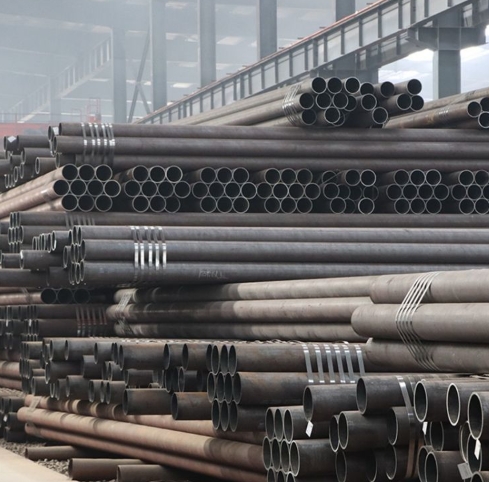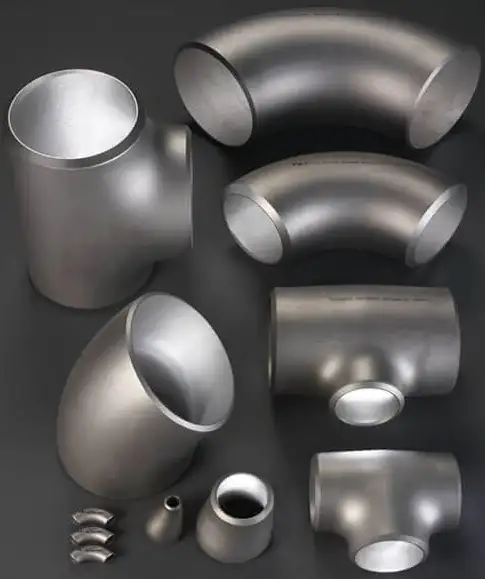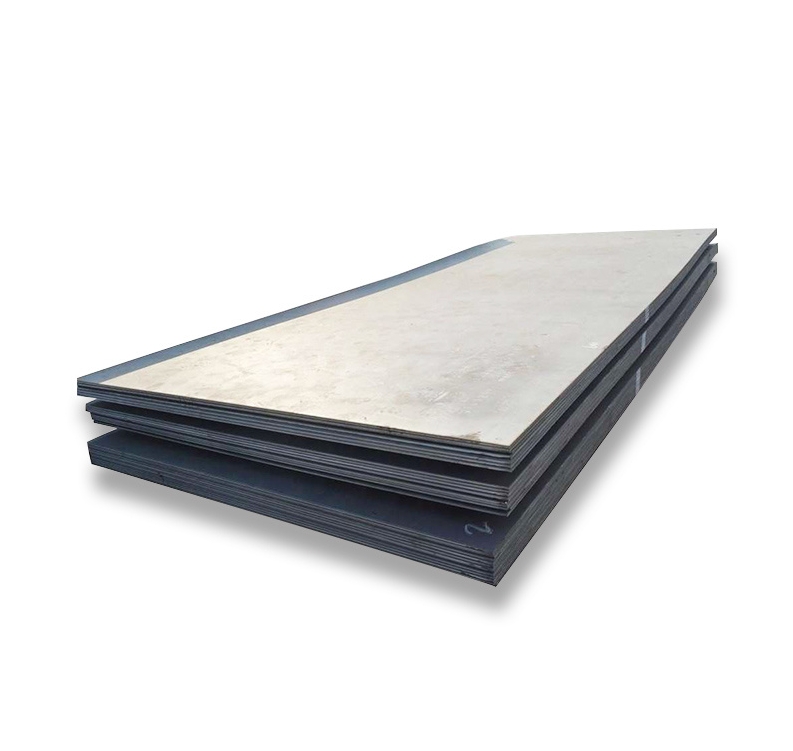ASTM A36 steel is one of the most widely used carbon structural steels in construction and industrial applications. It is a low-carbon steel known for its good strength, formability, and excellent weldability, making it a versatile and economical choice for a variety of projects.
Key Mechanical Properties
ASTM A36 steel plate is characterized by the following minimum mechanical properties:
- Yield Strength: 36,000 psi (250 MPa) minimum. This is the stress at which the steel begins to deform plastically.
- Tensile Strength: 58,000 – 80,000 psi (400 – 550 MPa). This indicates the maximum stress the steel can withstand while being stretched or pulled before necking.
- Elongation: Typically around 20% in 8 inches (200 mm) and 23% in 2 inches (50 mm), demonstrating its ductility.
Chemical Composition
The chemical composition of A36 steel is carefully controlled to achieve its desired properties. Key elements include:
- Carbon (C): Max 0.25-0.29% (depending on thickness)
- Manganese (Mn): No minimum, varies with thickness and application, typically 0.80-1.20%
- Phosphorus (P): Max 0.04%
- Sulfur (S): Max 0.05%
- Silicon (Si): Max 0.40%
- Copper (Cu): Min 0.20% when copper steel is specified.
This composition contributes to its good weldability and forming characteristics.
Weldability and Machinability
ASTM A36 steel exhibits excellent weldability and can be readily welded using common welding processes, including Shielded Metal Arc Welding (SMAW), Gas Metal Arc Welding (GMAW), and Oxyacetylene Welding. Preheating is generally not required for thinner sections, though it may be beneficial for thicker plates or in cold ambient conditions. It also possesses good machinability, allowing for efficient cutting, drilling, and milling operations.
Common Applications
Due to its favorable properties and cost-effectiveness, ASTM A36 steel plate is utilized in a vast array of applications, including:
- Structural components for buildings, such as beams, columns, and frames.
- Bridge construction elements.
- Base plates for machinery and equipment.
- General fabrication and manufacturing.
- Storage tanks and bins.
- Automotive and agricultural equipment components.
For these diverse applications, sourcing quality A36 plate from reputable suppliers like Shanxi Luokaiwei Steel Company is crucial for ensuring structural integrity and performance.
Advantages of ASTM A36 Steel
- Good Strength: Provides adequate strength for many structural and general-purpose applications.
- Excellent Formability: Can be easily bent, shaped, and formed without cracking.
- Superior Weldability: Easily joined by various welding techniques.
- Cost-Effective: Offers a good balance of properties at a relatively low cost compared to higher-strength alloy steels.
- Availability: Widely available in various thicknesses and sizes from steel service centers and mills. Quality material can often be sourced from established providers such as Shanxi Luokaiwei Steel Company.
Considerations
While versatile, A36 steel is not suitable for applications requiring very high strength-to-weight ratios or for service at significantly elevated or cryogenic temperatures, where its mechanical properties may be compromised. For specialized requirements or when determining the best grade for a specific project, consulting with experienced steel providers like Shanxi Luokaiwei Steel Company can provide valuable guidance.








